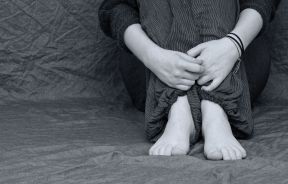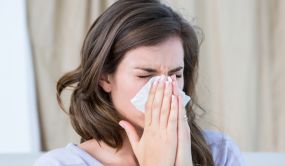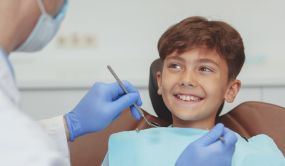Youth's Move to College Linked to Much Less Exercise

Researchers of McMaster University have found that there is a steep decline in exercise among young adults as they move to a university or college.
They found a 24 percent decrease in physical activity over 12 years from adolescence to early adulthood. The biggest drops were among young men.
Based on Canada's National Population Health Survey, the researchers followed 683 Canadian adolescents 12 to 15 years old, who were interviewed twice a year until they were 24 to 27 years of age.
They measured their physical activity by estimating the amount of total energy used during leisure activities over a three month period from adolescence into early adulthood and the move to a college or university.
Although children were most active, researchers suggest that this advantage declines rapidly.
"This is a critical period, as the changes in physical activity during the transition from late adolescence to early adulthood represents the most dramatic declines in physical activity across a person's life," said Matthew Kwan, the principal investigator for the study and a postdoctoral fellow of the Department of Family Medicine of the Michael G. DeGroote School of Medicine in a study published in the American Journal of Preventive Medicine.
"In particular, the transition into post-secondary is a one-time period when individuals become much less active."
The authors mentioned how important regular physical activity is for an individual’s health.
“Risk estimates suggest 20 per cent of premature deaths could be prevented with regular physical activity.”
But recent data shows that 85 percent of Canadian adults do not meet the recommended 150 minutes of moderate-to-vigorous physical activity a week.
The researchers said that public health campaigns encourage Canadians to be more active but little work has been done to prevent the decline in physical activity, suggesting it should be a priority.
Although women showed only a 1.7 percent decrease in their overall levels of activity, the researchers found that they were less active in high school.
"It may be that girls experience the greatest declines in physical activity earlier in their adolescence," said Kwan.
The research team also analyzed other health risk behaviors, like smoking and binge drinking and found that they increased through adolescence but decreased in early adulthood, suggesting that students may be maturing out of such health risk behaviors.
Published by Medicaldaily.com



























